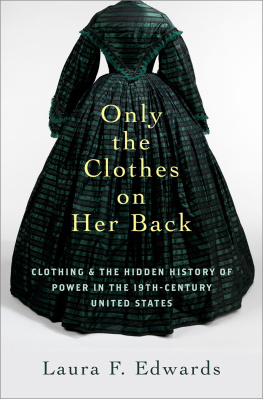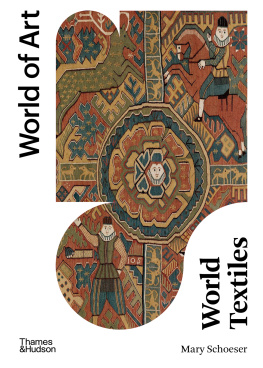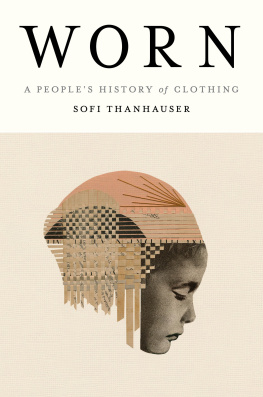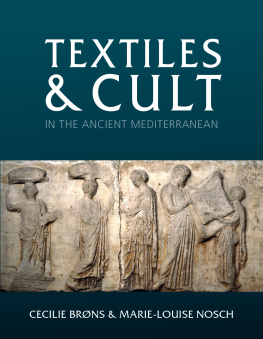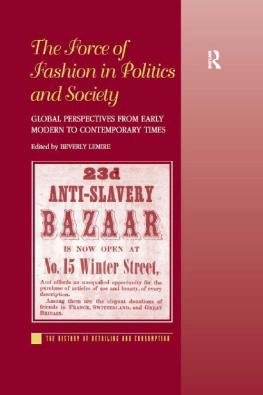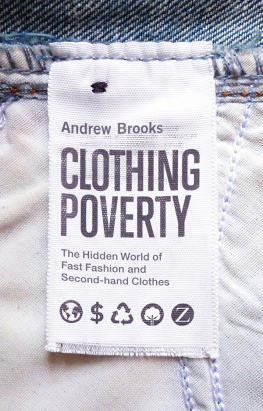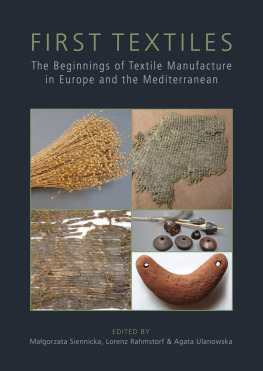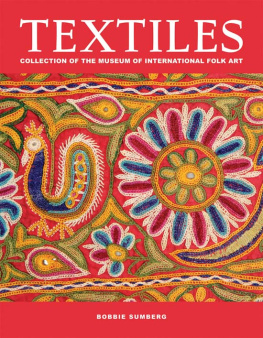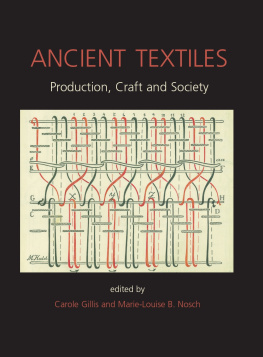Only the Clothes on Her Back

Oxford University Press is a department of the University of Oxford. It furthers the Universitys objective of excellence in research, scholarship, and education by publishing worldwide. Oxford is a registered trade mark of Oxford University Press in the UK and certain other countries.
Published in the United States of America by Oxford University Press
198 Madison Avenue, New York, NY 10016, United States of America.
Oxford University Press 2022
All rights reserved. No part of this publication may be reproduced, stored in a retrieval system, or transmitted, in any form or by any means, without the prior permission in writing of Oxford University Press, or as expressly permitted by law, by license, or under terms agreed with the appropriate reproduction rights organization. Inquiries concerning reproduction outside the scope of the above should be sent to the Rights Department, Oxford University Press, at the address above.
You must not circulate this work in any other form and you must impose this same condition on any acquirer.
CIP data is on file at the Library of Congress
ISBN 9780197568576
eISBN 9780197568590
DOI: 10.1093/oso/9780197568576.001.0001
To four people who mattered more than they know
Susan Spencer
John Shedd
Carl Smith
Jacquelyn Hall
To the memory of Jan Reiff
And to Liz Kobesky and the women at Mulberry Silks
Contents
I began writing this book before I knew I was writing it. Textiles have always distracted me. Even when researching other topics, I took notes on all matters relating to cloth, clothing, and related accessories, sometimes wondering why and sometimes not noticing at all. They accumulated and ultimately came together in the outlines of this book, one that I never set out to do, but one that found me. It has been a joy to write, because of what textiles reveal about the history of the long nineteenth century: beauty, joy, wisdom, humor, and the creativity and resilience of people who clung to fine filaments of hope at a difficult juncture in our nations past.
This book would not have been possible without the generous financial support of institutions dedicated to the support of the humanities and the social sciences. I began researching this project as an actual book with a grant from John Simon Guggenheim Foundation, which provided me a years leave from teaching. A grant from the Library Company of Philadelphia and the Historical Society of Pennsylvania supported research at a crucial, early stage of the project. I began putting that research together during another years leave, as the Visiting Neukom Fellows Chair in Diversity and Law at the American Bar Foundation in Chicago. After that, fellowships from the Newberry Library in Chicago and the American Council of Learned Societies gave me the time to write. I am grateful to Duke University for providing the support that allowed me to take these fellowships. I owe a particular debt to Kevin Moore, vice dean for faculty affairs, who went out of his way to make sure I could take full advantage of the opportunities offered to me. Thank you, Kevin, for all you do for the faculty at Duke. I am grateful to members of the History Department at Princeton University, who saw the potential of this project and provided a warm welcome as I was finishing it.
This book is the product of years of research in archives all over the country. I could not have done it without the assistance of archivists who went out of their way to guide me through the sources. In particular I wish to thank Jennifer McDaid and Greg Crawford at the Library of Virginia, Kimberly Nusco at the John Carter Brown Library, Sally Reeves at the Office of the Clerk of Civil District Court for the Parish of Orleans, Kelly Kerney and Kristen Stewart at the Valentine, Elizabeth Bouvier at the Massachusetts Supreme Judicial Court, Kimberly Reynolds at the Boston Public Library, Kenneth Cobb at the New York Municipal Archives, Linda Purnell and Elizabeth Dunn at Duke University, and Brianne Barrett at the American Antiquarian Society. I also wish to thank Melissa Murphy at the Baker Library, Harvard Business School, for helping me secure permission to use material from the R. G. Dun & Co. credit report volumes.
Karen Clancy, master weaver, spinner, and dyer at the Colonial Williamsburg Foundation, spent an entire morning showing me the basics of spinning and weaving. Janea Whitacre, mistress milliner and mantua maker at Williamsburg took out several hours to explain sewing and tailoring in the eighteenth and early nineteenth centuries.

